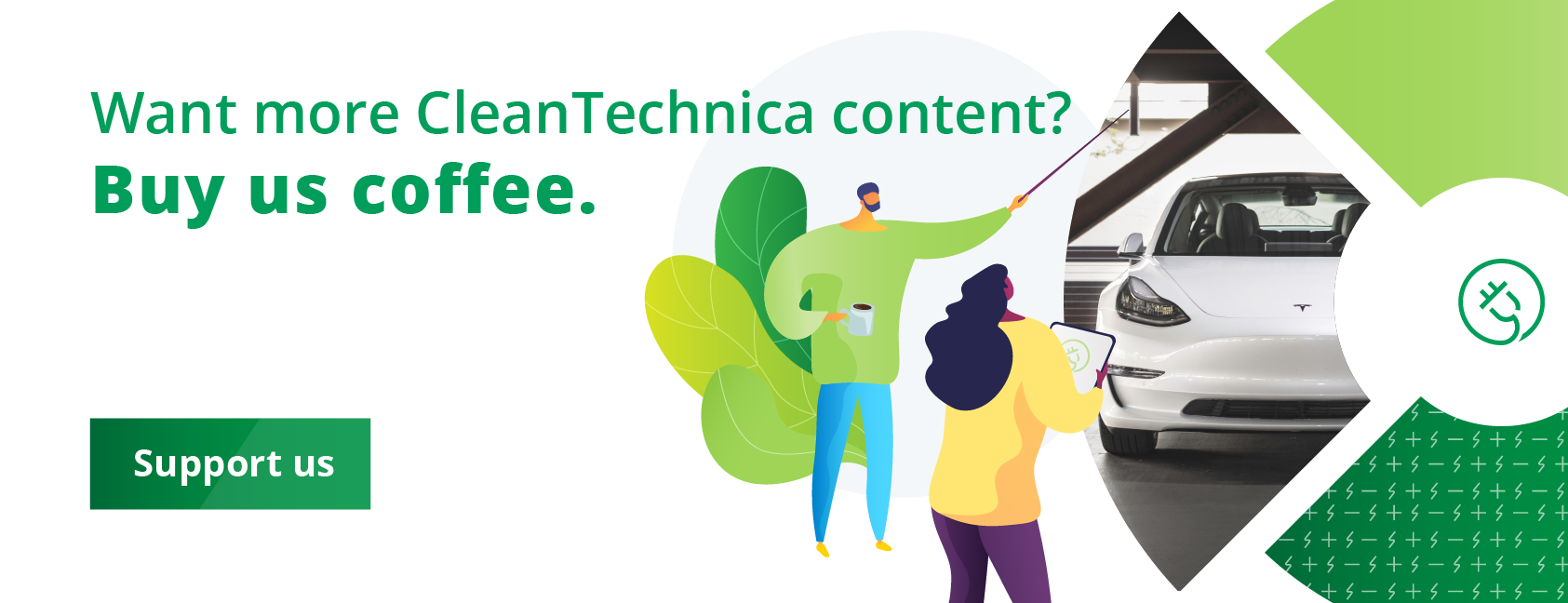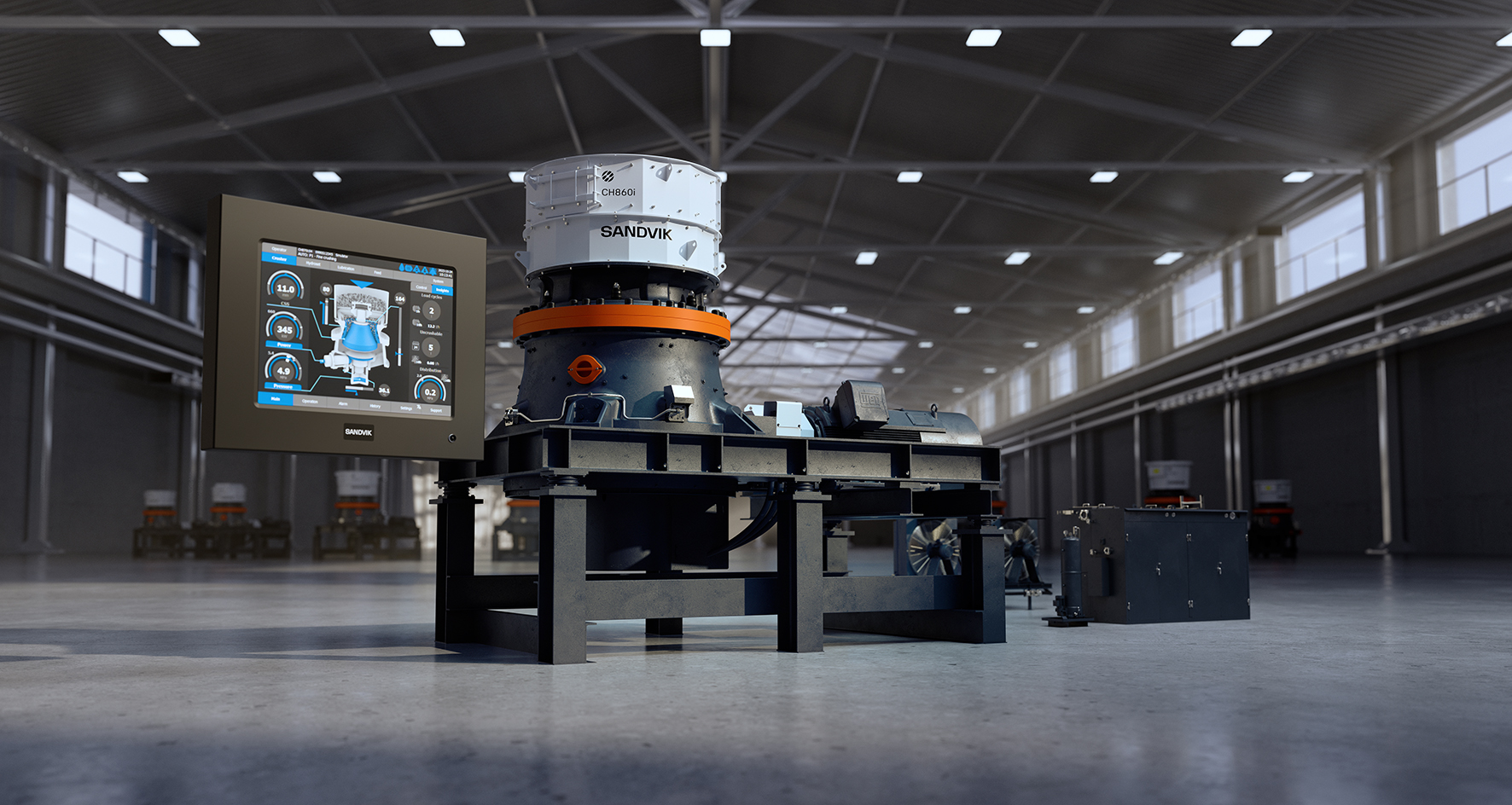
The idea of a hydrogen economy is catching on, and Europe in particular is banking on green hydrogen to help push fossil energy out of the picture. They are counting on Africa and the Middle East to leverage their copious wind and solar resources on behalf of the renewable H2 effort. If US suppliers want to tap into this market, policymakers will have to shake a leg. The window of opportunity is shrinking by the minute.
The State Of Offshore Wind Development In The US
One good place for the US to start revving up a green hydrogen industry for export is the Atlantic coast, where offshore wind farms could power electrolysis systems to push green hydrogen gas from water.
The Center on Global Energy Policy at Columbia University recently took a look at offshore wind resources along the Atlantic coast and noted that a number of states have a total of 50 gigawatts’ worth of offshore wind farms in the planning stages. They suggested that the CREZ (Competitive Renewable Energy Enterprise Zone) program in Texas could serve as a model for making sure those plans get off the drawing board, by coordinating transmission resources.
That’s a good idea, considering that Texas’s CREZ-enabled transmission lines are credited with catapulting the Lone Star State into the #1 slot for installed wind capacity nationwide.
The Atlantic offshore wind industry sure could use some help. Despite enjoying near-perfect conditions for offshore development, the Atlantic coast currently hosts a grand total of just seven offshore wind turbines in operation, combining for a deplorable total of just 42 megawatts in capacity.
The One-Two Punch Of Offshore Wind & Green Hydrogen
The Atlantic offshore wind industry could get in gear even without a comprehensive electricity transmission network. Green hydrogen is a transportable energy storage medium that can be ferried to its destination by ship, rail, truck, or pipeline. That’s in addition to its use as an electricity generator in fuel cells or power plants.
Offshore wind planners are already beginning to pair onshore electrolysis plants with electricity from offshore wind farms. A movement is also afoot to co-locate electrolysis systems at wind farms, either on their own platforms or as attachments to individual turbines.
Here in the US, the Energy Department has staked $8 billion on establishing regional hydrogen hubs around the US, and a powerful group of Atlantic states appears to be among the front runners. Offshore wind resources could play a significant role considering the enthusiasm of state-level officials in New York and New Jersey. The two states teamed up in 2021 to coordinate their sustainable H2 resources, and now Massachusetts and Connecticut are also on board.
Among other seaports, the Atlantic coast also has two liquified natural gas terminals that could be of use. One is in Maryland, which is a member of part the proposed Mid-Atlantic Regional Hydrogen Hub.
The other LNG terminal is in Georgia, and several others are located in Texas, on the Gulf of Mexico.
10 Gigawatts Of Wind Power For Egypt
On a recent visit to Germany, CleanTechnica had a chance to discuss Europe’s green hydrogen supply chain with experts at Bosch. We’ll cover that in more detail next week, but for now the short version is that Europe wants green hydrogen, but it doesn’t have the bandwidth for domestic wind or solar power to scale up its electrolysis opportunities to a sufficient degree. So, Europe is looking to the Middle East and Africa, where land, wind, and solar resources are available in abundance.
If this is starting to ring a bell, that’s because it is. Schemes for transmitting green electricity from northern Africa and the Middle East to Europe have been simmering on the back burner for years, held back by the lack of a transmission infrastructure. More recently, the cost of green hydrogen has been spiraling downward. That opens up alternative avenues for transporting renewable energy over long distances, deploying green hydrogen as a carrier.
And, that’s where the Saudi Arabian firm ACWA Power comes in. The company bills itself as “the first mover into green hydrogen” as well as the “world’s largest private water desalination company.” The desalination connection is significant because water needs to be purified before electrolysis, potentially providing ACWA with a technology edge on the emerging seawater-to-hydrogen industry.
On Monday, ACWA announced that it is one step closer to building a gigantic, 10-gigawatt onshore wind farm in Egypt, with the signing of a memorandum of understanding that allocates 3,000 acres of land for the project in an area near the urban center of Sohag.
“We foresee that the positive contributions with financing institutions and development partners, as well as the comparative advantages of Egypt in terms of the availability of land, will show that Egypt has what it takes to produce renewable energy for domestic consumption and export,” ACWA explained in a press release.
“The wind project is expected to generate around 50 thousand gigawatt-hours of clean energy annually, providing electricity to around 11 million households and mitigating the impact of 25.5 million tonnes of carbon emissions each year,” they added.
It remains to be seen how much energy from the new ACWA wind farm will be earmarked for producing and exporting green hydrogen, but “some” is a good guess. Last year, Reuters reported that Egypt plans to establish itself as a renewable hydrogen hub, with export to Europe playing a significant role.

More Green Hydrogen For The USA
As for the US, the Obama administration tried to organize the Atlantic coast offshore wind industry back in 2010 to no avail, but that was before green hydrogen emerged as a new and potentially lucrative industry. Wind power is a particularly good match because electrolysis systems can take advantage of the night-time hours, when wind speeds typically pick up but demand drops.
Somewhat ironically, the Trump administration set the stage for green hydrogen action when the Interior Department’s Bureau of Ocean Energy Management put the finishing touches on a new, streamlined process for approval of federal offshore lease areas. Now the system is bearing fruit.
In the latest development, New Jersey’s proposed Ocean Wind 1 offshore wind farm, which weighs in at 1.1 gigawatts, has been inching closer to construction with BOEM issuing a key approval on July 5.
All is not sweetness and light, however. At least three offshore wind opposition groups have sprouted up in New Jersey and they have been sharpening their legal knives, so stay tuned for more on that.
Find me on Threads @tinamcasey. Also Post @tinamcasey, or @TinaMCasey on LinkedIn and Spoutible, or @Casey on Mastadon. Also back on Twitter (for now).
Photo: ACWA is planning a 10-gigawatt onshore wind farm in Egypt with an eye on the green hydrogen market (photo courtesy of ACWA).
I don’t like paywalls. You don’t like paywalls. Who likes paywalls? Here at CleanTechnica, we implemented a limited paywall for a while, but it always felt wrong — and it was always tough to decide what we should put behind there. In theory, your most exclusive and best content goes behind a paywall. But then fewer people read it! We just don’t like paywalls, and so we’ve decided to ditch ours. Unfortunately, the media business is still a tough, cut-throat business with tiny margins. It’s a never-ending Olympic challenge to stay above water or even perhaps — gasp — grow. So …
Sign up for daily news updates from CleanTechnica on email. Or follow us on Google News!
Have a tip for CleanTechnica, want to advertise, or want to suggest a guest for our CleanTech Talk podcast? Contact us here.
Former Tesla Battery Expert Leading Lyten Into New Lithium-Sulfur Battery Era:
CleanTechnica uses affiliate links. See our policy here.




